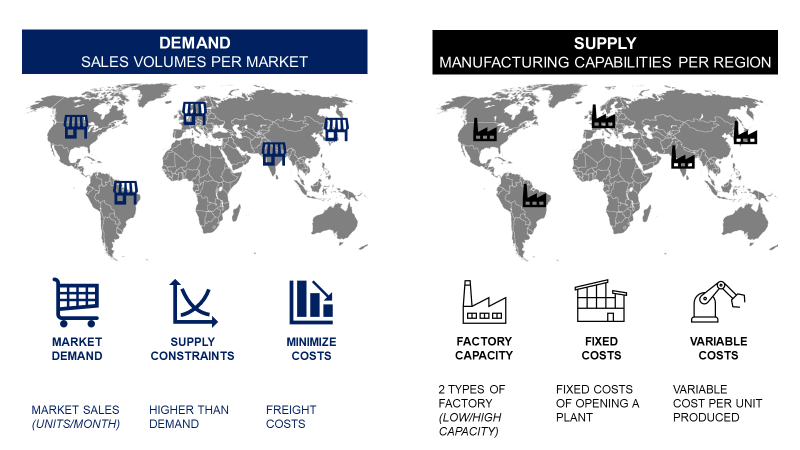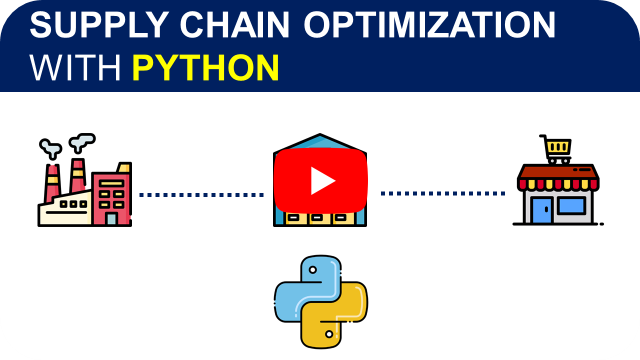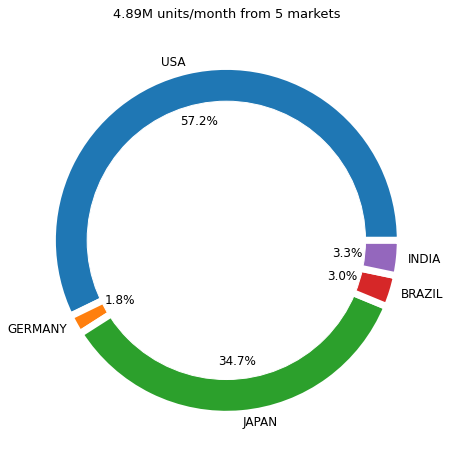Do you consider the fluctuation of your demand when you design a Supply Chain Network?
Build a simple methodology of Supply Chain Network Design that is considering the fluctuation of the demand.
Supply chain optimization makes the best use of data analytics to find an optimal combination of factories and distribution centres to meet the demand of your customers.
In many software and solutions in the market, the core structure behind is a Linear Programming Model. Some of these models find the right allocation of factories to meet the demand and minimize the costs assuming a constant demand.
What happens if the demand is fluctuating?
Your network may lose robustness, especially if you have a very high seasonality of your demand (e-commerce, cosmetics, fast fashion).
In this Article, we will build a simple methodology to design a Robust Supply Chain Network using Monte Carlo simulation with Python.
60+ case studies with source code, dummy data and mathematical concepts here 👉 Analytics Cheat Sheet
Click on the image below to access a full tutorial video to understand the concept behind this solution
As the Head of Supply Chain Management of an international manufacturing company, you want to redefine the Supply Chain Network for the next 5 years.
It starts with the demand from your customers in 5 different markets (Brazil, USA, Germany, India and Japan).
You can open factories in the five markets. There is a choice between low and high-capacity facilities.
The objective is to design a new transportation plan to increase the average size of trucks by delivering more stores per route.
In this solution we will consider a fluctuating demand (Normal Distribution) per market.
We'll run 50 scenarios and run a solver to find the optimal network.
We'll then study the split of solutions and take the one that appears the most.
This repository code you will find all the code used to explain the concepts presented in the article.
Senior Supply Chain and Data Science consultant with international experience working on Logistics and Transportation operations.
For consulting or advising on analytics and sustainable supply chain transformation, feel free to contact me via Logigreen Consulting
Please have a look at my personal blog: Personal Website







